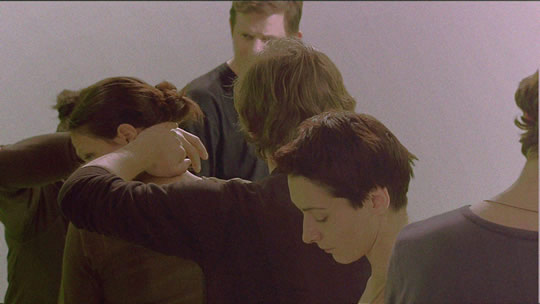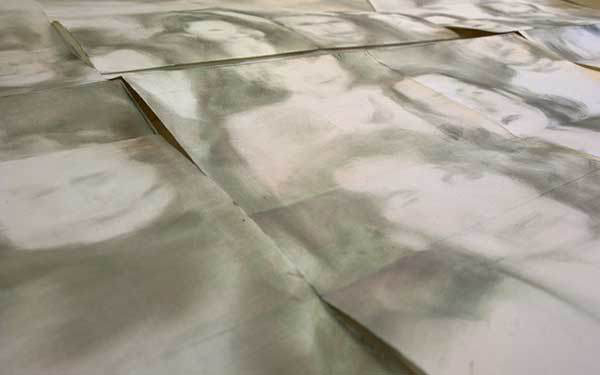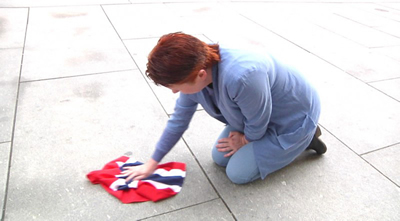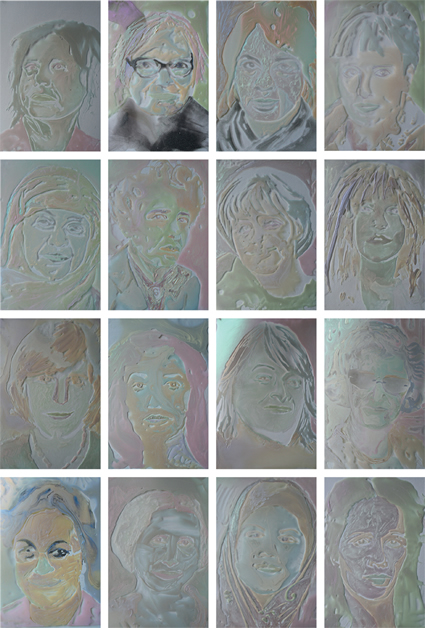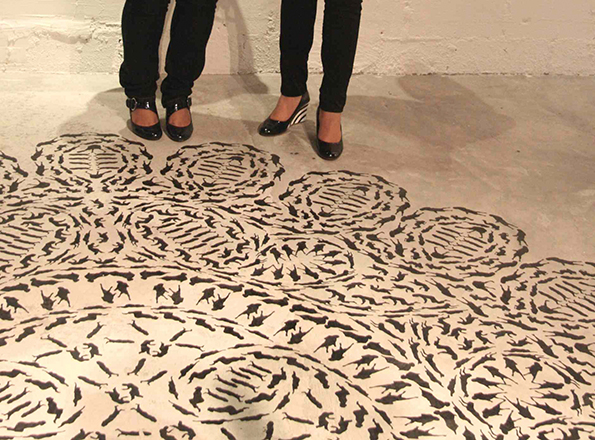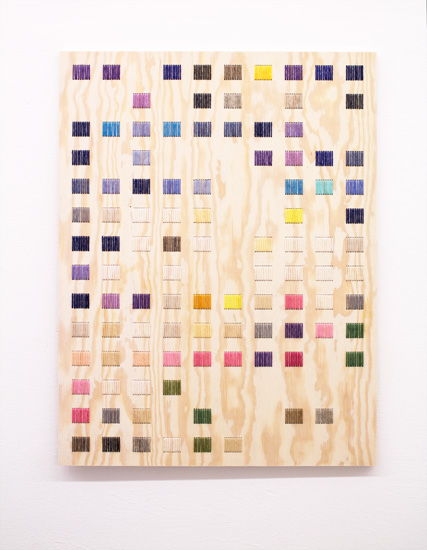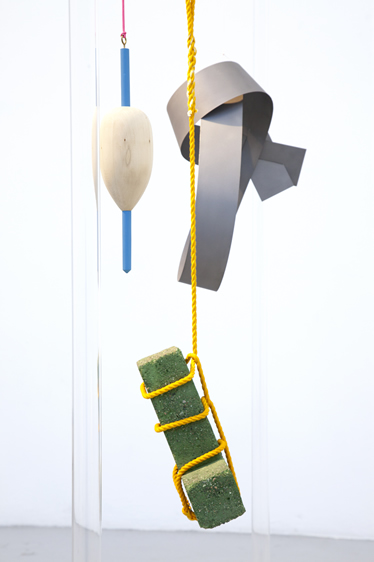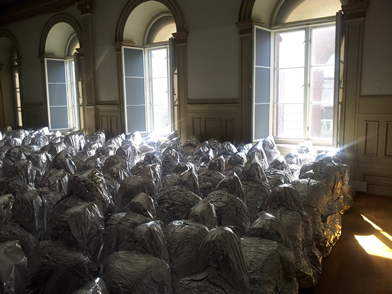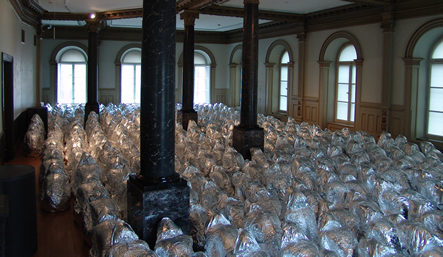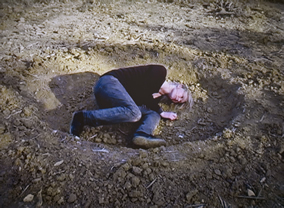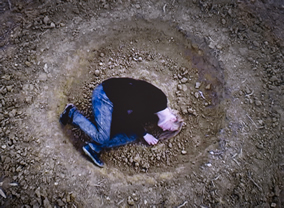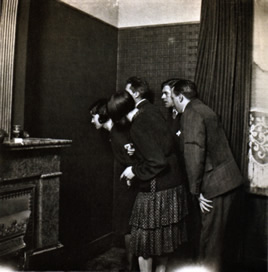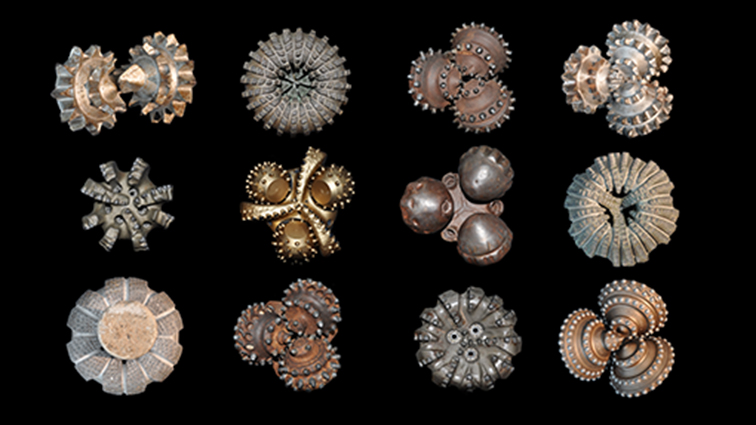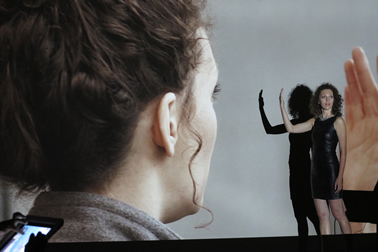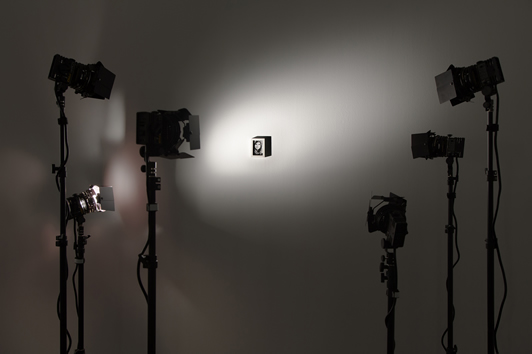"22 WOMEN"
A project by Alfredo Jaar
03.09. - 01.11.2015
Stiftelsen 3,14 is honored to present Alfredo Jaar’s project 22 Women in Bergen, in collaboration with SKMU Sørlandets Kunstmuseum, Kristiansand, Norway.
Thursday September 3rd
> 18:00
3,14 is delighted to announce that Vandana Shiva will be present during the opening of the exhibition and will be joining Alfredo Jaar in a conversation relating to her work and presence in the exhibition.
> 19:00
EXHIBITION OPENING
Opening speech by Therese Jebsen.
Therese Jebsen is Senior Adviser, and former Executive Director at Rafto Foundation, Bergen, Norway.
The Rafto Foundation is a non-profit and non-partisan organisation dedi cated to the global promotion of human rights.
Chilean born, New York-based artist, architect, and filmmaker Alfredo Jaar’s on-going project 22 Women is a further development of his examination of images and their mediating and supportive structures that in turn form our sensibilities.
The project is an expansion of Three Women (2010), an installation in which miniature photographic portraits of three women – Graça Machel (Mozambique), Ela Bhatt (India), and Aung San Suu Kyi (Burma) – are brightly illuminated with an assembly of tripod-mounted, fluorescent spotlights placed in near proximity to each image. 22 Women presents more activists from around the world who are relatively unseen by the powerful amplification of the mass media. Jaar’s installation is not solely a research project into women leading specific social causes – putting them into the spotlight – but also gestures towards that very spotlight as a key factor in the dynamics of our attention and the invisible hand ‘manufacturing consent’. Typically for Jaar’s work, 22 Women presents a difficult tension in which the mediating structures of art and the media rub shoulders, giving no easy answers and instead present a constellation of elements that are both celebratory and contradictory.
22 Women is a work in progress as the artist’s goal is to expand the project to incorporate one hundred extraordinary and outstanding women, on which he will shed a bright light. At 3,14 the installation includes Amira Hass (Israel/Palestine), Bertha Oliva (Honduras), Camila Vallejo (Chile), Hawa Abdi (Somalia), Jenni Williams (Zimbabwe), Kalpona Akhter (Bangladesh), Lina Ben Mhenni (Tunisia), Lydia Cacho (Mexico), Mahnaz Mohammadi (Iran), Malalai Joya (Afghanistan), Mathilde Muhindo (Democratic Republic of the Congo), Nawal El Saadawi (Egypt), Ni Yulan (China), Olayinka Koso-Thomas (Nigeria/Sierra Leone), Razan Zaitouneh (Syria), Sandra Gomes Melo (Brazil), Susan Burton (United States), Svetlana Gannushkina (Russia), Ta Phong Tan (Vietnam), Tetyana Chornovol (Ukraine), Vandana Shiva (India), and Zainab Alkhawaja (Bahrain).
Alfredo Jaar’s work has been presented worldwide. He has participated in the Venice Biennale (1986, 2007, 2009, 2013) and Sao Paulo Biennale (1987, 1989, 2010), as well as in Documenta (1987, 2002). He has had major exhibitions at The New Museum of Contemporary Art, New York; Whitechapel, London; The Museum of Contemporary Art, Chicago; and the Moderna Museet, Stockholm, to name but a few. A major retrospective of Jaar’s work took place in three institutions across Berlin in 2012 (Berlinische Galerie, Neue Gesellschaft für Bildende Kunst e.V., and Alte Nationalgalerie), and, in 2014, the Museum of Contemporary Art Kiasma, Helsinki, hosted the most extensive retrospective of his career to date. 22 Women was previously shown at Sørlandets Kunstmuseum, Kristiansand, Norway, in 2014-2015. Special thanks to curator Else-Brit Kroneberg.
Booklet presentation of 22 Women >>>
Reading room
3,14 also has made a ‘reading room’ in the gallery Vault where we present books published by some of the 22 Women, as well as articles about their work.
Book list >>>
-----------------------------------------------------------------------------------------------------
Alfredo Jaar will also give a lecture Friday 4th for The UNREST SERIES. It is a lecture-series investigating the flux between art and politics. It is initiated by Professors Brandon LaBelle and Frans Jacobi, at Bergen Academy of Art & Design, KHiB.
-----------------------------------------------------------------------------------------------------
KULTURNATTEN, 11 september, har vi invitert Hilde Sandvik, kultur- og debattredaktør ved Bergens Tidende, og kunstnergruppen InEpic, til å utfra sine ulike fagfelt, reflektere over verket 22 Women et prosjekt av Alfredo Jaar.
Se eget program under 3,14LIVE >>> |
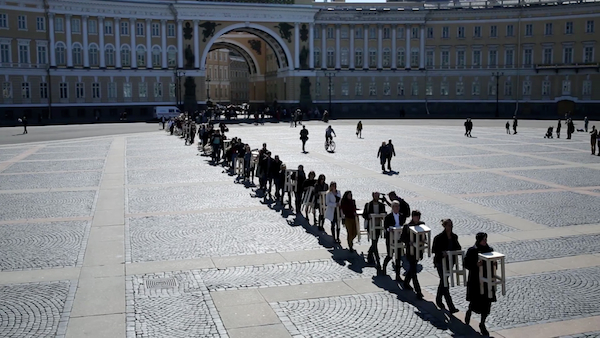


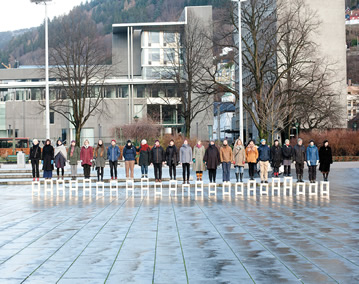
.jpg)
